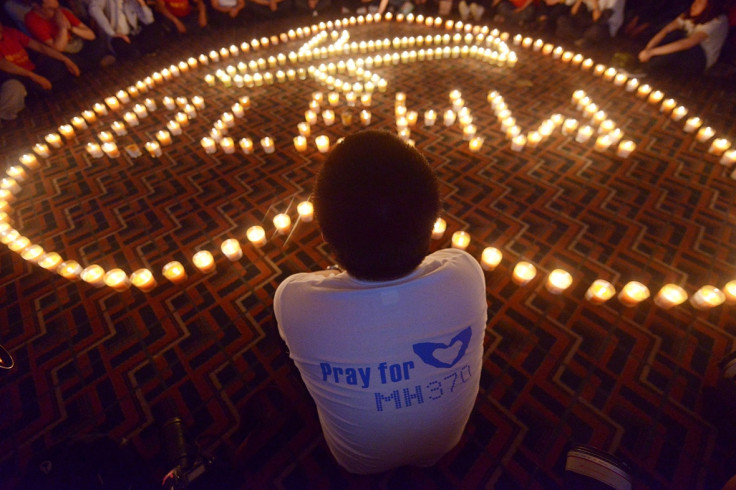Global deal reached to use satellites to track flights to prevent repeat of MH370 disappearance

A landmark deal to use satellites to track flights anywhere in the world has been reached at the World Radiocommunication Conference in Geneva organised by the United Nation's International Telecommunication Union. The move to allocate a specific radio frequency for global flight tracking in civil aviation follows the disappearance of Malaysia Airlines Flight MH370 on 8 March 2014 with 239 people onboard.
The process is expected to be finalised and be put in place by 2017. The International Civil Aviation Organisation has set a November 2016 deadline for adopting new tracking guidelines for planes.
MH370, which is still missing, had initiated worldwide discussions on global flight tracking and the need for coordinated action by the ITU and other relevant organisations. The aircraft was on a routine flight from Kuala Lumpur to Beijing when it disappeared. Search efforts so far have failed to locate the Beong 777, although a flaperon belonging to the plane was found on Reunion Island in July.
Malaysia's Minister for Communications and Multimedia had urged the ITU to develop leading edge standards to facilitate the transmission of flight data in real time. The request was taken up at the ICAO meeting in Montreal in May, which also urged the ITU to provide the necessary spectrum allocations for satellites to support "emerging aviation needs". The ITU Plenipotentiary Conference in Busan, South Korea in October instructed WRC-15 to consider placing global flight tracking on its agenda.
In a statement, the ITU said the frequency band 1087.7-1092.3 MHz has been allocated to the aeronautical mobile-satellite service (Earth-to-space) for reception by space stations of Automatic Dependent Surveillance-Broadcast (ADS-B) emissions from aircraft transmitters. The frequency band is currency used for the transmission of ADS-B signals from aircraft to terrestrial stations with line-of-sight.
The WRC-15 has now extended ADS-B signals beyond line--of-sight to facilitate reporting the position of an aircraft equipped with ADS-B anywhere in the world, including oceanic, polar and other remote areas. "In reaching this agreement at WRC-15, ITU has responded in record time to the expectations of the global community on the major issue concerning global flight tracking," ITU Secretary-General Houlin Zhao said. "ITU will continue to make every effort to improve flight tracking for civil aviation."
Don Thoma, the president and chief executive of Aireon, said that over 70% of the earth's aerospace is not tracked by any device, any radar or any type of capability. "What we saw at WRC-15 was a response by the world community to the Malaysia MH370 tragedy, where they weren't able to find an aircraft because there weren't adequate means for tracking the aircraft."
Speaking after the announcement of the deal at the WRC-15, Thoma said: "It will allow an aircraft to be tracked anywhere in the world, provide the information to air traffic controllers in order to improve the safety and the efficiency of air travel around the world. The process will be finalised and in place by 2017."
There were three main benefits from having the ability to control and monitor aircraft from satellite, he said. The first was safety as it provides air traffic controllers a 100% picture of the aerospace and allows them to keep the aeroplanes safe.
"Second by providing that capability, the air traffic control authorities can allow more efficient routes through their airspace, saving the airlines a significant amount of fuel. And then, of course, once you are reducing the amount of fuel that is being burned by aircraft, you make a sigificant reduction in carbon emissions," Thoma added.
© Copyright IBTimes 2024. All rights reserved.






